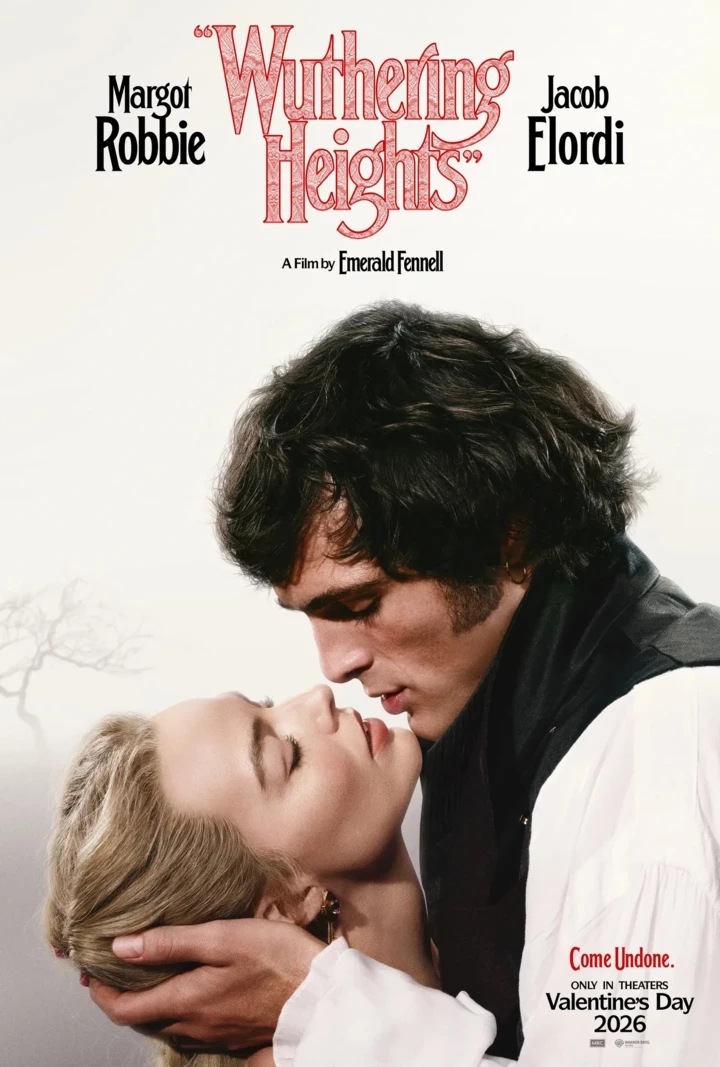
Save this storySave this storySave this storySave this story
In May of 1971, Marvin Gaye released what many consider to be his masterwork, “What’s Going On?” A song cycle told from the point of view of a Vietnam veteran returning to the United States after serving abroad, having witnessed all manner of suffering, violence, and injustice, it is not an entirely idyllic album. Yet the inquisitive nature of its title, and the question that foregrounds the work, suggests a faith in America held, if not by Gaye himself, then certainly by the speaker he invents to guide listeners through the forest of concerns the album conjures. We are to understand that the soldier in question left one place to go fight in another, and, upon returning home, found no improvement from the conditions he’d left.
By November of the same year, Sly Stone seemed to pose an answer: “There’s a Riot Goin’ On.” At the time that album was released, Stone, who died this week, at the age of eighty-two, was facing a make-or-break career inflection point. He and his band, Sly and the Family Stone, the multiracial, late-sixties-utopian-fever-dream ensemble, had ended the previous decade on a high, with the album “Stand!” garnering overwhelming acclaim. An accompanying performance at Woodstock left their label, Epic Records, eager for a next release. Yet, by 1971, all that had been put out were a couple of singles and a greatest-hits album. Stone missed recording deadlines. His relationship with the band had begun to fray amid creative disagreements, drug use, and Sly’s erratic behavior. Amid all of this, “There’s a Riot Goin’ On” landed as a jolt, as if he’d just shaken himself out of a long slumber, looked upon the country, and realized that he couldn’t stand carrying on in it the same way.
“There’s a Riot Goin’ On” acted almost as an inverse to some of the more upbeat, chart-friendly pursuits of Sly and the Family Stone’s earlier career. “Stand!” had been recorded at Pacific High Studios, in San Francisco. Just days after its release came Bloody Thursday, when police cracked down on antiwar protests at Berkeley, killing one and injuring at least a hundred and twenty-eight. Yet “Stand!” evinced a kind of relentless optimism, with exhilarating instrumentation ornamenting lyrics that were sometimes vague and gauzy. It closed with the song “You Can Make It If You Try,” which emanated a confidence that fortunes might change for us all. In the time between “Stand!” and “There’s a Riot Goin’ On,” Stone had faced increasing pressure from the Black Panthers, whose leaders wanted him to be more politically direct, and to de-integrate his band. The idealism of the sixties was dead, and with its death came the harsh realities of the new moment: political assassinations, expanded police violence, a shifting civil-rights movement, and a sense of disillusionment that seemed to haunt Stone as he searched for a purpose beyond hippie-culture stardom.
The grooves on “Riot” were deeper and darker, with collisions of vocals that in some moments barely resembled language at all. There was a kind of performance of apathy on the album which felt like both a reflection of Sly’s lived reality—a kind of rage that led itself to confusion, and then exhaustion—and a mimicry of the hippie movement, interrogating where it had left people and who it had left behind. On the first track, “Luv N’ Haight,” Sly’s voice is a distorted mumble as he sings the opening lyrics: “Feel so good inside myself / don’t wanna move.” As the song progresses, it becomes a polyphonic collision of sentiments: feel so good feel so good wanna move wanna move coming up against feel so good inside myself, don’t wanna move. It is hard to tell where one phrase peels off from the other, or whether the two statements are even at odds with each other. They exist within the same addled mind: We have to do something; we don’t know what it is. There was a sense of both resolve and resignation on the album, a heartbreak that seems almost in conversation with the hopeful ending of “Stand!” Now, over stark and downbeat instrumentals, Stone implied that you, like he, may have been dreaming.
The lyrics were not necessarily pessimistic, and they were not all explicitly political, but they were tinged with a kind of cynicism that seemed to be overtaking the country. On the track “Just Like a Baby,” Sly moans in a low register over an aching keyboard riff and a lo-fi drum machine about betrayal, how he weeps because he knows when he’s being deceived. There’s a “you” at the heart of the song—“I can feel it when you lie to me”—and that “you” could, of course, be a person. But it could just as easily seem like Sly was impugning a whole city or country or set of ideals. “Riot” was, among other things, an album about betrayals. On “Time,” Sly ends with a half-growl of “time, they say, is the answer” before releasing a small chuckle, and then a high-pitched shout—“but I don’t believe it!”—followed by a quiet, exhausted sigh.
I don’t believe that Stone meant for his response to Gaye’s title to be combative. Both of the albums were made by men who thought that the America they knew was one thing, a redeemable place that had momentarily lost its way, only to witness it become another thing quicker than they could understand. Charting how one’s illusions are stripped away—the shock, or sadness, or disappointment—can constitute political action. Gaye built his concept album around a speaker who’d been off fighting a war. For Stone, the war was always at home, and it had been lost; there was no more encouraging people to rise up and try to get to some finish line just beyond the horizon. The finish line was as much of a fantasy as the dreamed horizon itself. What I love about “Riot” is that there is no veil between the speaker and the self. It’s just Sly, dragging his past ideas through the wreckage of the present realities. It’s Sly, disaffected and distant, crooning on “Family Affair” (which would be the group’s final No. 1 hit), “You can’t leave ’cause your heart is there / but sure, you can’t stay ’cause you been somewhere else.” I love “Riot,” too, because it is not an album of solutions. It is an album of immense introspection, but not a call to action. It never urges anyone to run into the streets. Stone didn’t seem interested in being a spokesperson. The album’s title track is a silent, four-second cut. In 1997, when Stone was asked about it, he said that he left it silent because he “felt there should be no riots.”
It would be easy to draw parallels with our current political moment. It would be easy to tell you that I had the N.B.A. Finals on my television the other night but hardly watched the first half because I was frantically scrolling the internet, trying to keep track of the resistance movement unfolding in Los Angeles, and another one unfolding upon a small boat, stocked with humanitarian supplies, headed for Gaza. I find it more challenging, and perhaps more useful, to ask an inward-facing question, which gets at the deeper indictment that Stone articulated on “Riot”: When will you realize that your country is a myth? And, if you already have, what might you do next? ♦
Sourse: newyorker.com







